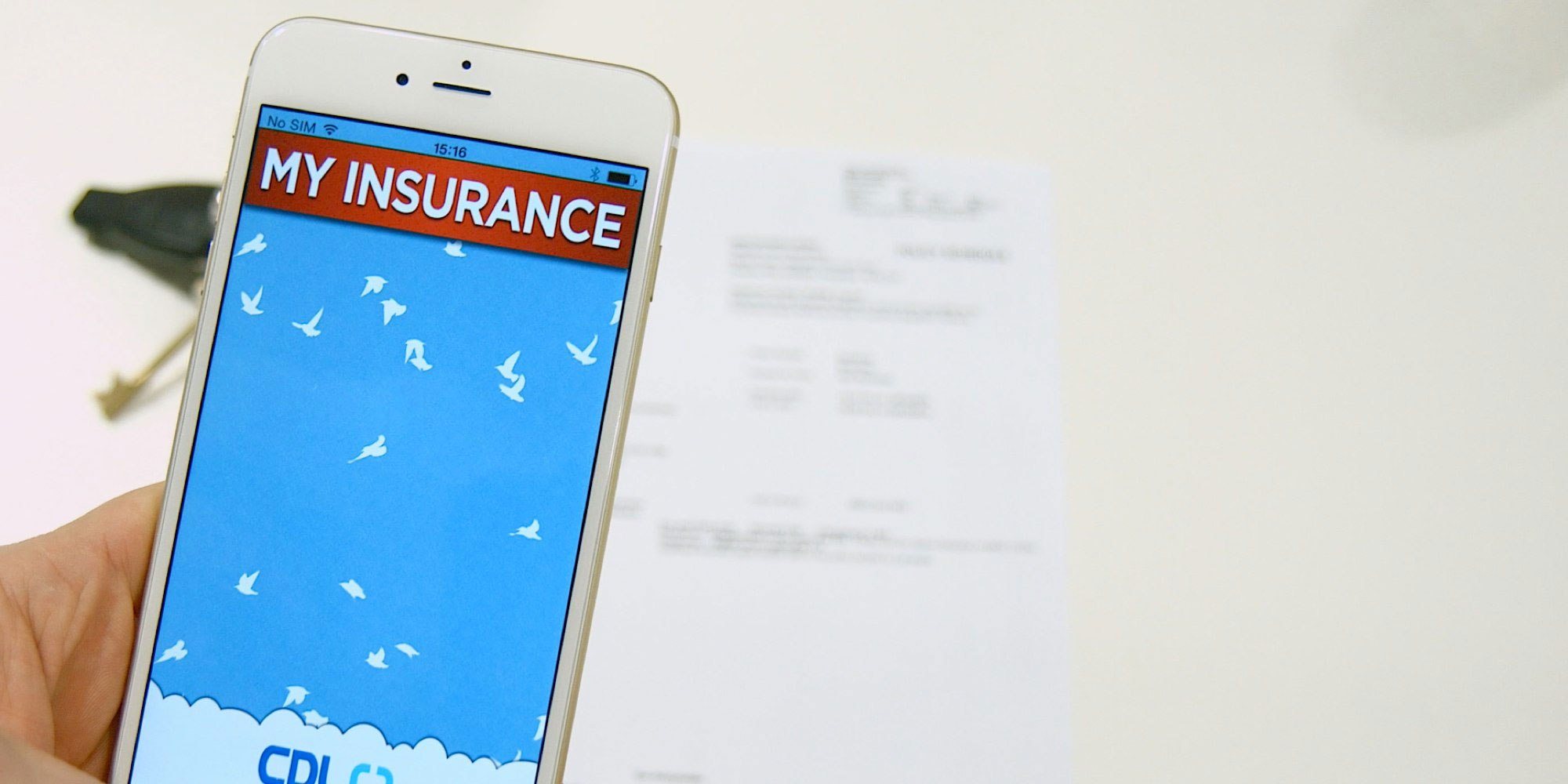
insurance and the iPhone
Picking up the call on mobile technology
28th October 2015
The iPhone 6s and 6s Plus may have barely launched but the iPhone 7 rumour mill has already gone into overdrive. What will the new features be? No home button? A sapphire display? Waterproof? You need only look at queues outside Apple stores across the world on iPhone release days to witness our obsession with handheld devices. Mobile technology is constantly evolving and consumer attitudes are shifting with it. Rules are continually being redefined and businesses are struggling to keep up.The statistics
When it comes to digital media consumption, the desktop PC is falling out of favour. Mobile usage accounts for 60% of time spent consuming digital media, while desktop-based consumption makes up the remaining 40%.
Mobile usage accounts for 60% of time spent consuming digital media, while desktop-based consumption makes up the remaining 40%.
Time spent on apps makes up for 88% of the time spent on mobile phones and 82% of time spent on tablets. Apple has passed 100 billion app downloads since 2008, and the 1 billion Android users worldwide download 50 billion apps annually. Even mobile searches on Google have topped those from laptops and desktop PCs combined.In a sector that is notoriously slow to embrace change, mobile presents an opportunity for insurance companies to stay ahead of the curve. Mobiles and tablets have shifted the market environment in such a way that the iPhone 6s' slogan rings true - 'The only thing that's changed is everything'.

The benefits
The 21st century customer demands digital access and integration. Whether through mobile-optimised websites or apps available through the App Store or Google Play, customers desire the convenience of online functionality. In the insurance industry, mobile-optimisation allows the customer greater control and easier access by enabling them to administer their policies, make mid-term adjustments or generate new quotes while on the move. For those who prefer administering their policies both online and through a contact centre, apps and mobile sites can be directly integrated with existing administration systems.Insurers and brokers have also launched apps to improve the claims process, such as First Notification of Loss apps with document upload facilities, utilising in-built cameras to send photographic evidence of damage. Similarly, direct integration with smartphone dialler and email facilities makes it easier to contact emergency services or notify the insurer when an accident occurs.
But what happens to businesses that don't keep ahead of the game? The Uber effect is one example of what happens to industries slow to embrace change. Last year, cab use in San Francisco dropped 65% after the introduction of Uber, the on-demand taxi company that allows you to summon a private car through a tap on an app. Spurred by new technology, the taxi industry was forced to evolve in order to compete, and those that didn't were abandoned by consumers.
In this digital age, the business landscape is changing.
In this digital age, the business landscape is changing.
The consumer shift towards handheld devices such as smartphones and tablets presents a perfect opportunity for the insurance industry to show its commitment to moving with the times.© 2025 Cheshire Datasystems Limited
Top Employer

